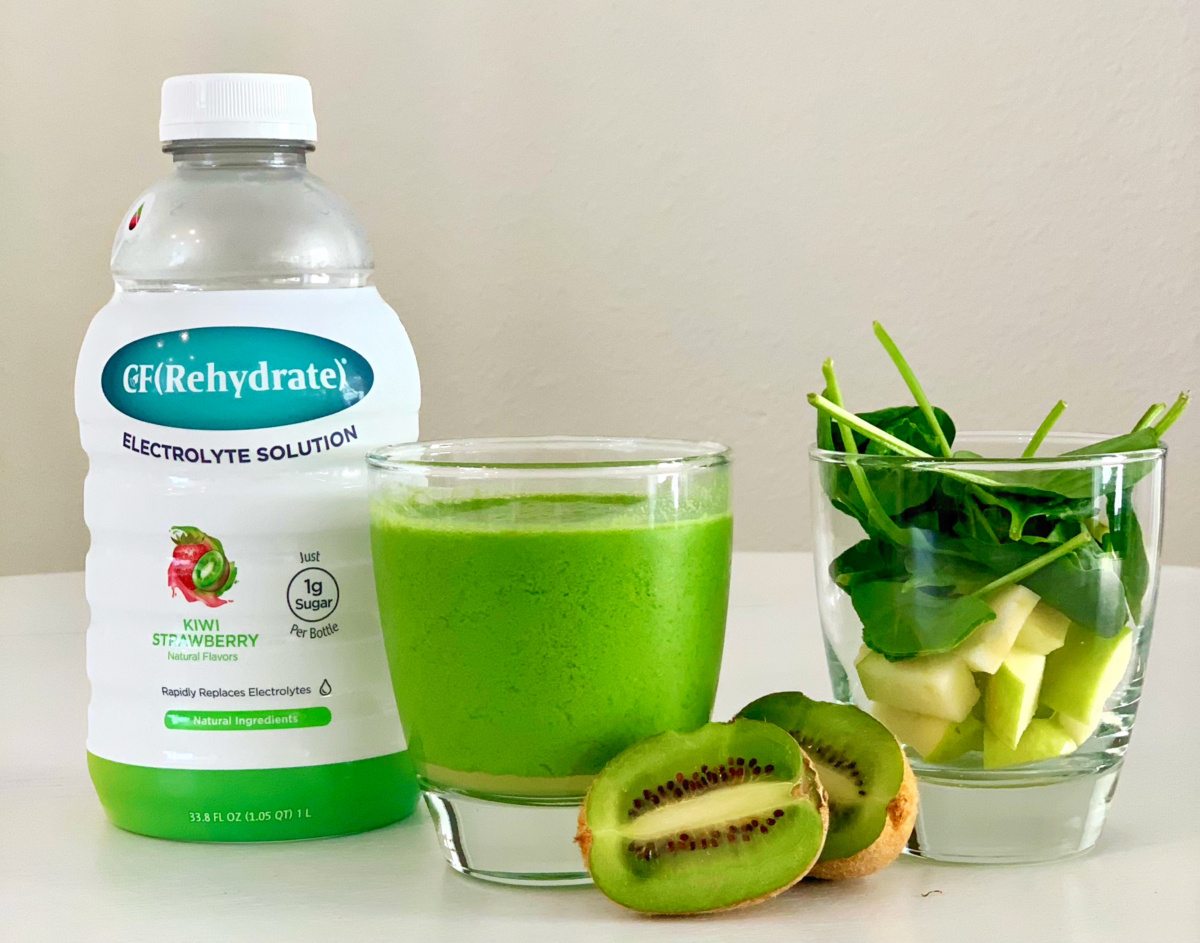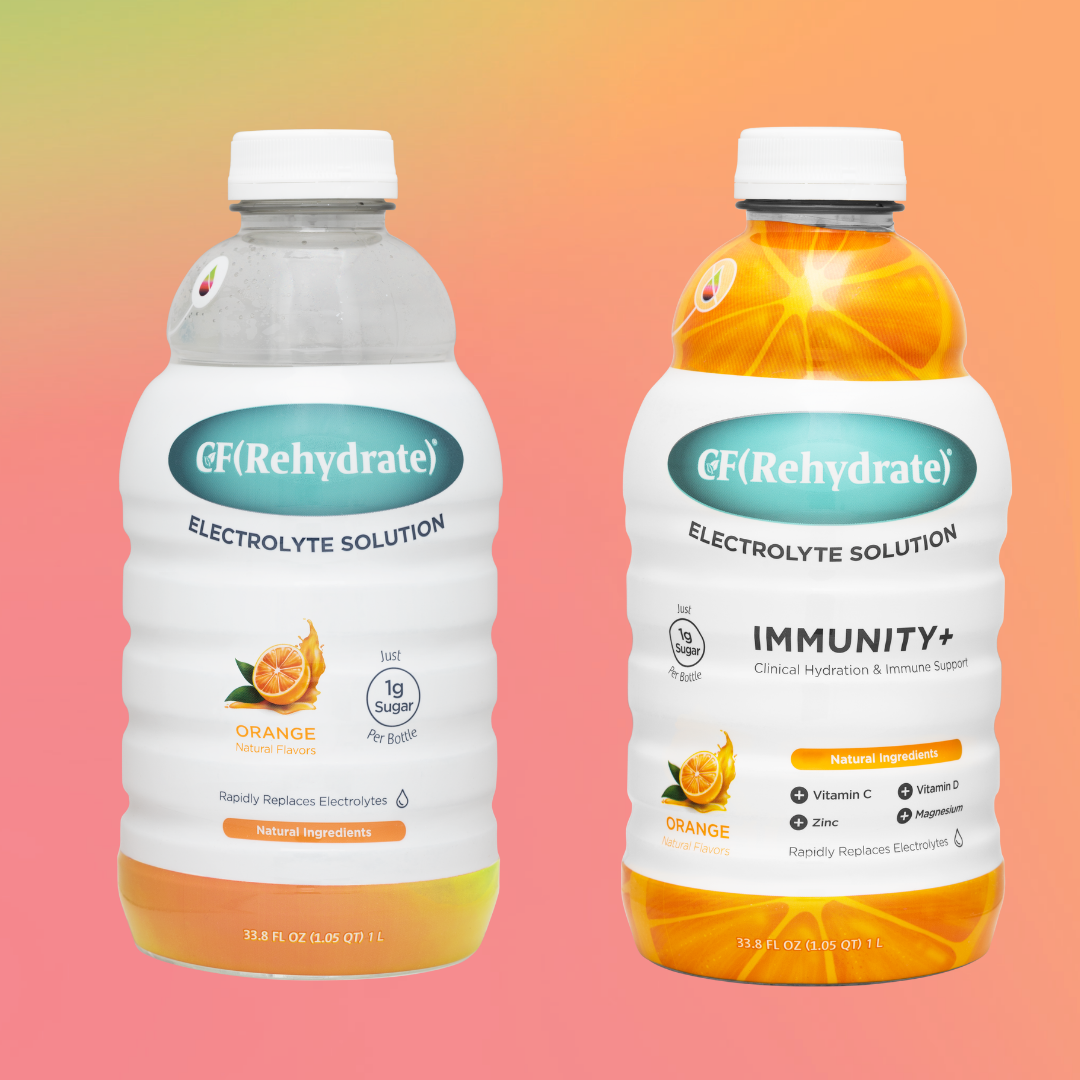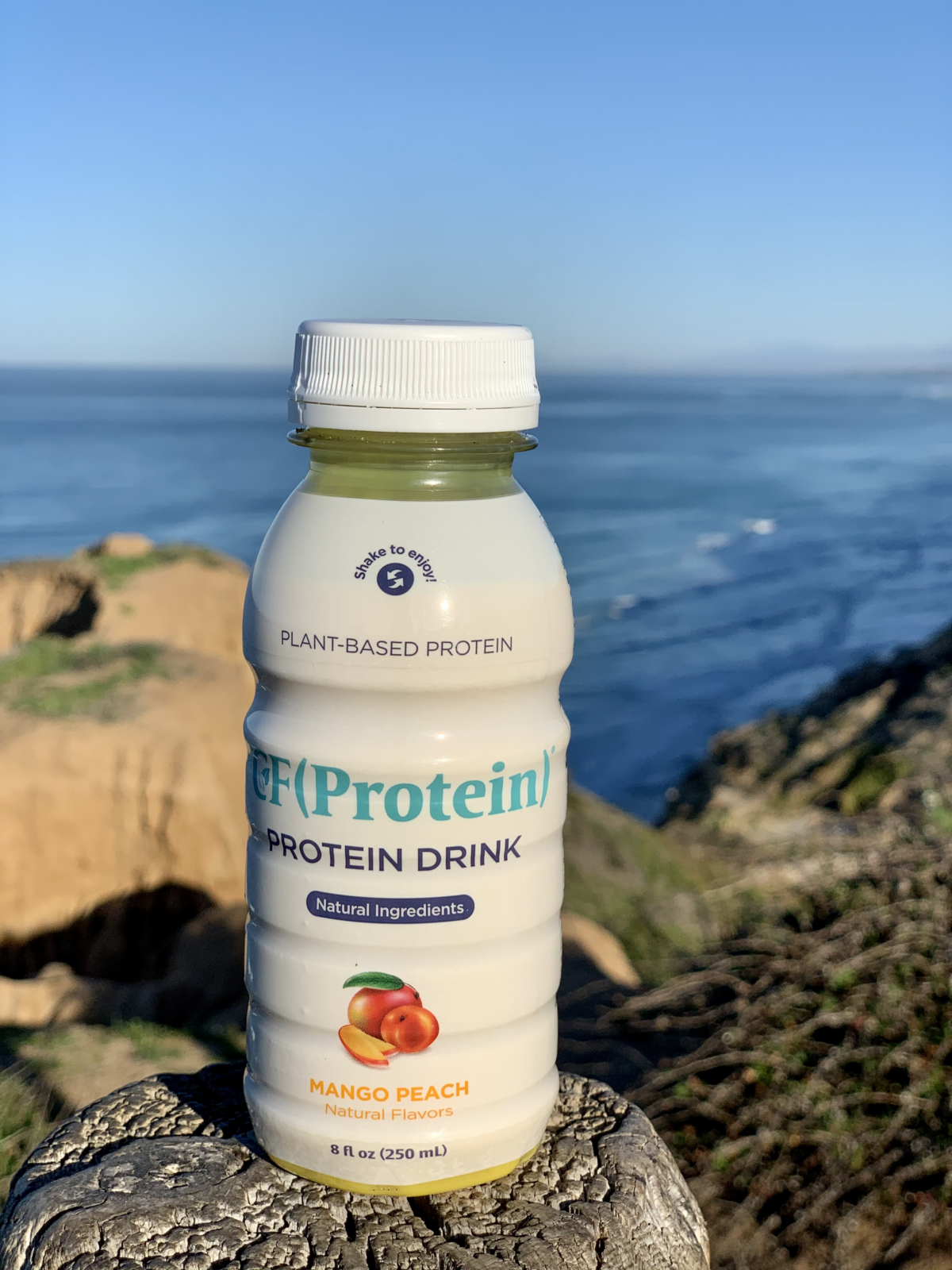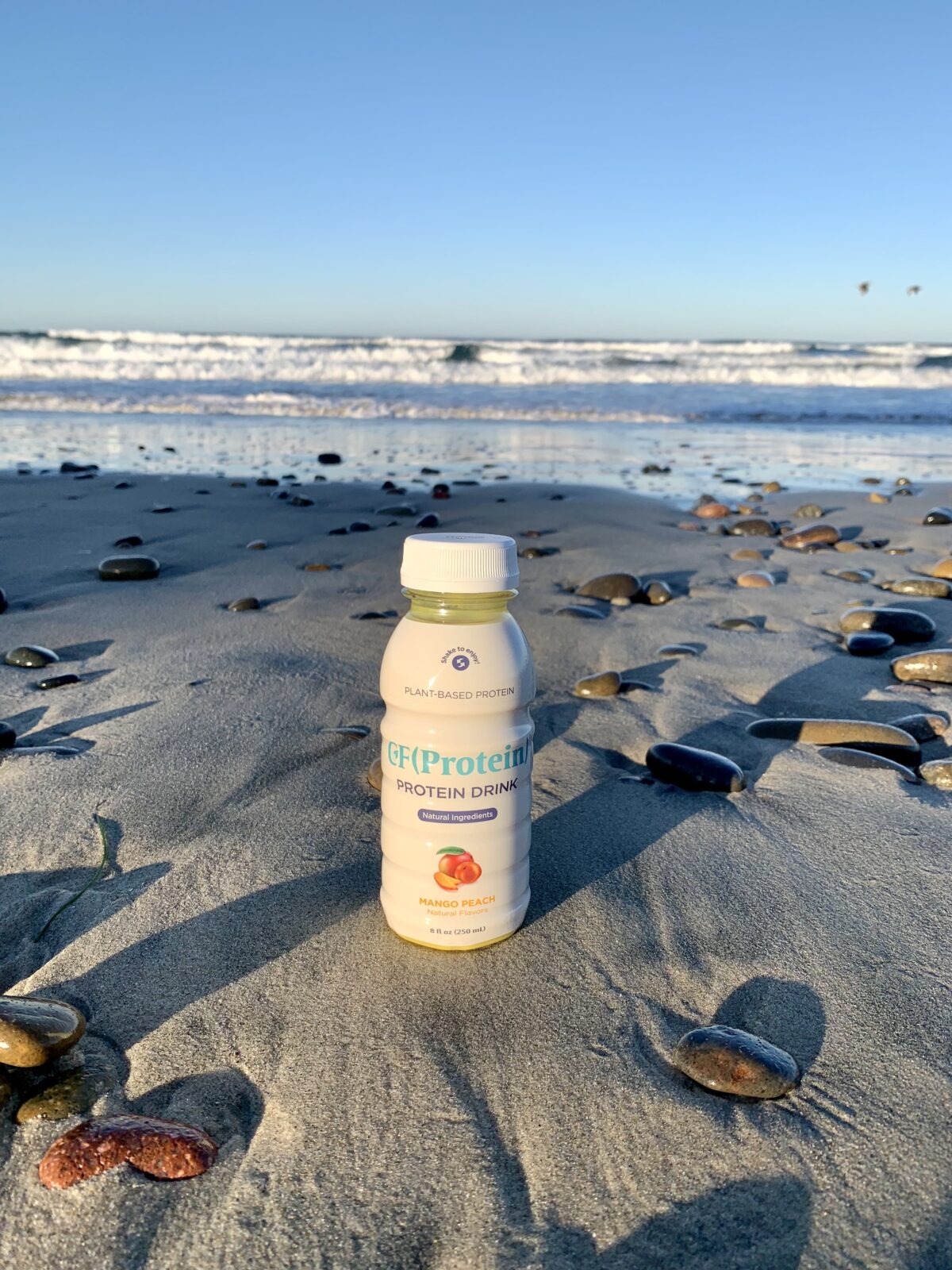The holidays are a time to celebrate family, friends, and all we have to be thankful for. But sometimes, with all the celebrations, it becomes hard for us to make healthy decisions. Between holiday parties, christmas coffees, and temptations everywhere- sometimes we find ourselves sabotaging our health.
Top Reasons Why the Holiday Season Can Backtrack Our Results:
- Increased alcohol intake
- Added refined sugars
- More parties and celebrations
- Flu and virus season is at its peak
- Less time for workouts due to family obligations
- The Screw it til New Years Mentality
- Prolonging the holiday (ie. celebrating Thanksgiving food Thursday to Monday or celebrating Christmas from Dec 24-Dec 31)
- We make the holidays centered around food and drinks rather than family
Healthy Holiday Tip No. 1: Embrace the mocktail.
*Not always, but sometimes
***Problem: Too much alcohol affects your health and leads to weight gain
- Disrupts your immune system, ultimately making you more susceptible to flu and virus season
- Poor food choices and overconsumption of calories
- Empty calories
- Hangover which leads to poor food choices and missing workouts the next day
***Solution: You can make the conscious decision to replace every one to two cocktails with a “mocktail” instead. Simply replace the bubbly or spirits your cocktail recipe calls for with club soda or, for the added benefits of probiotics, kombucha.
Healthy Holiday Tip No. 2: Make smart recipe swaps.
***Problem: Overconsumption of refined sugar and holiday classics
- Since we are used to following such a simple macro plan when we get in front of holidays classics, it is not uncommon to over do it
- Desserts can sometimes be as many calories as you should consume in the entire day
- All or nothing mentality
- Recipes tend to have extra ingredients and therefore more calories
***Solution:
- Moderation is Key. You can have some of the wonderful treats without going overboard. Try a few bites of the desserts you enjoy and allow yourself to feel satisfied without overdoing it.
- Be a bit more conscious about all of those holiday classics you’re cooking up. Instead of skipping the pumpkin pie and mashed potatoes all together (we’d never ask you to do that), try making small swaps across the board that, together, make a major difference in your calorie and sugar intake.
Healthy Holiday Tip No. 3: Help your digestive system along
***Problem: Poor eating habits can hinder our digestive system
- A healthy digestive system is key for getting optimal nourishment from the foods you eat and ensuring your immune system is working its best
- All of those refined carbohydrates, alcohol, and saturated fats can also hamper our digestion
***Solution:
- Taking care to help your digestive system along through the holidays is one of the most important things you can do to feel less bloated and more comfortable overall.
- Keep the skins on your potatoes: Vegetables with skins give us the added fiber our bodies need for optimal digestion.
- Opt for a whole-grain roll instead of a white one: Whole-grain foods are rich in fiber, which aids in digestion (as opposed to white breads, which contain processed, refined grains and sugars which can hamper digestion).
- Get plenty of probiotics: From yogurt to kefir and kombucha, make it a point over this holiday season to up your probiotic intake to keep yourself regular and enhance your gut health.
- Stay hydrated: Drinking plenty of water and clean electrolyte drinks will help you stay hydrated, which is a key part of a well-functioning digestive system. Women should aim for at least 8-11 cups of fluids each day.
- Get your daily greens: Green leafy vegetables are one of the most beneficial foods you can eat for a healthy digestive system. Try using spinach or kale in a salad that typically calls for romaine—or turn potatoes au gratin into spinach au gratin for a treat that’s just as warm and comforting but twice as nice on your digestive system.
Healthy Holiday Tip No. 4: Don’t make excuses to miss work outs and Get Active Daily!
***Problem: We make excuses to miss workouts and don’t get active during the day
- We don’t prioritize working out and miss workouts during the holidays
***Solution:
- Adjust your movement goals to be more manageable and much more realistic—so they’re less overwhelming and more likely to get you off the coach to achieve them.
- Take walks after meals and do active things with the entire family
- Prioritize time for your workouts so you can stay on track
- Set a goal of doing ten push-ups a day and taking a short one-mile walk around the neighborhood
- Do 15 squats while you’re waiting for that pie crust to turn golden-brown in the oven, and then take the laundry up the stairs in two separate loads (rather than all at once) to reap the benefits of tackling that staircase twice
Now that you have all the tips to staying healthy over the holidays- check out our website for more tips and tricks!










